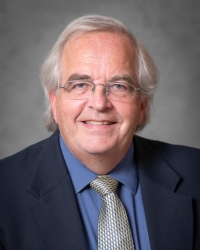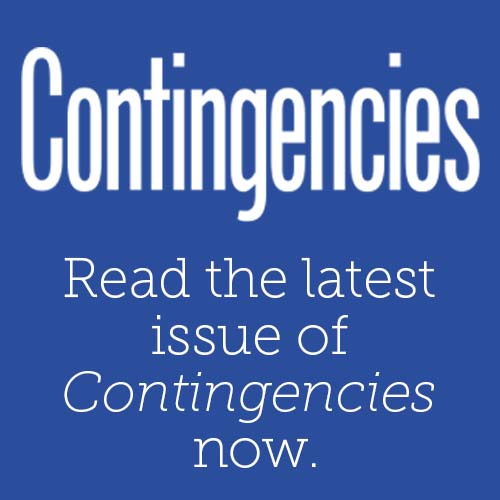Professionalism Webinar Looks at Reliance in ASOPs
In the Academy’s third professionalism webinar of the year, “Reliance: ‘...A Little Help From My Friends,’” presenters Academy President Shawna Ackerman and Actuarial Standards Board (ASB) members Cande Olsen and Barbara Snyder discussed how the actuarial standards of practice (ASOPs) approach reliance and offered mini-case studies in all practice areas. More than 3,000 people attended the Oct. 16 webinar, which was moderated by Erica Kennedy, Academy assistant director of professionalism (actuarial standards).
Olsen kicked off by discussing three ASOPs that contain core guidance related to reliance: ASOP No. 1, Introductory Actuarial Standard of Practice; ASOP No. 23, Data Quality; and ASOP No. 41, Actuarial Communications. These ASOPs recognize that the actuary may need to rely wholly or partly on input from others. “The actuary will need to disclose the extent of such reliance, or it will be assumed the actuary is responsible for such information,” she said.
Some ASOPs allow the actuary to rely in “good faith” on others, but Olsen noted that relying on information or analysis from others that “doesn’t pass the sniff test” may not be considered good-faith reliance. “Some due diligence is required on the part of the actuary in all cases,” she said.
Snyder presented some examples of reliance on other actuaries from the life and enterprise risk management practice areas. Discussing the use of a mortality assumption provided by another actuary, she said that if the actuary decides the assumption is appropriate, reliance does not need to be disclosed, which indicates that the actuary has taken responsibility for the assumption.
But, she said, her own view was that “greater disclosure is appropriate. I would note the source of the assumption and that I believe it is appropriate for use in this pricing project. If you performed any independent checks on the mortality assumption, it would be appropriate to disclose what checks you performed.”
Turning to examples from the casualty and pension practice areas, “The buck stops with the actuary who issues the report,” Ackerman said. “They are the responsible party, unless there is some disclaimer and the reasons for it are stated in the communication.” She recommended that actuaries “be liberal with your disclosures and conservative with your disclaimers. That is, take as much responsibility for your work product as you can.”
Discussing an example of an actuary relying on a catastrophe-loss modeler, Ackerman noted that ASOP No. 38, Using Models Outside the Actuary’s Area of Expertise (Property and Casualty), provides a roadmap for relying on such a model. While documentation provided by the catastrophe loss modeler may be useful, the actuary must determine and document that the model is appropriate for the intended application, she said. She pointed to the disclosures in ASOP No. 38, which include identification of the model, any adjustments to the model results, and a disclaimer for responsibility for any material assumption or method selected by a party other than the actuary, if appropriate.
In her concluding thoughts, Ackerman noted that because principals rely on actuaries’ analysis and findings, actuaries need to be clear about what they are relying on to reach those findings. “In the case of data, stating reliance puts the user of our report on notice that if something comes up with the data, our analysis could be impacted and should be revisited,” she said. “Stating reliance on assumptions or methods … draws the box around where we are the experts and where we are not. Being clear on reliance is for the benefit of the principal, but it’s also for our benefit.”
Slides and audio are available to logged-in Academy members.







